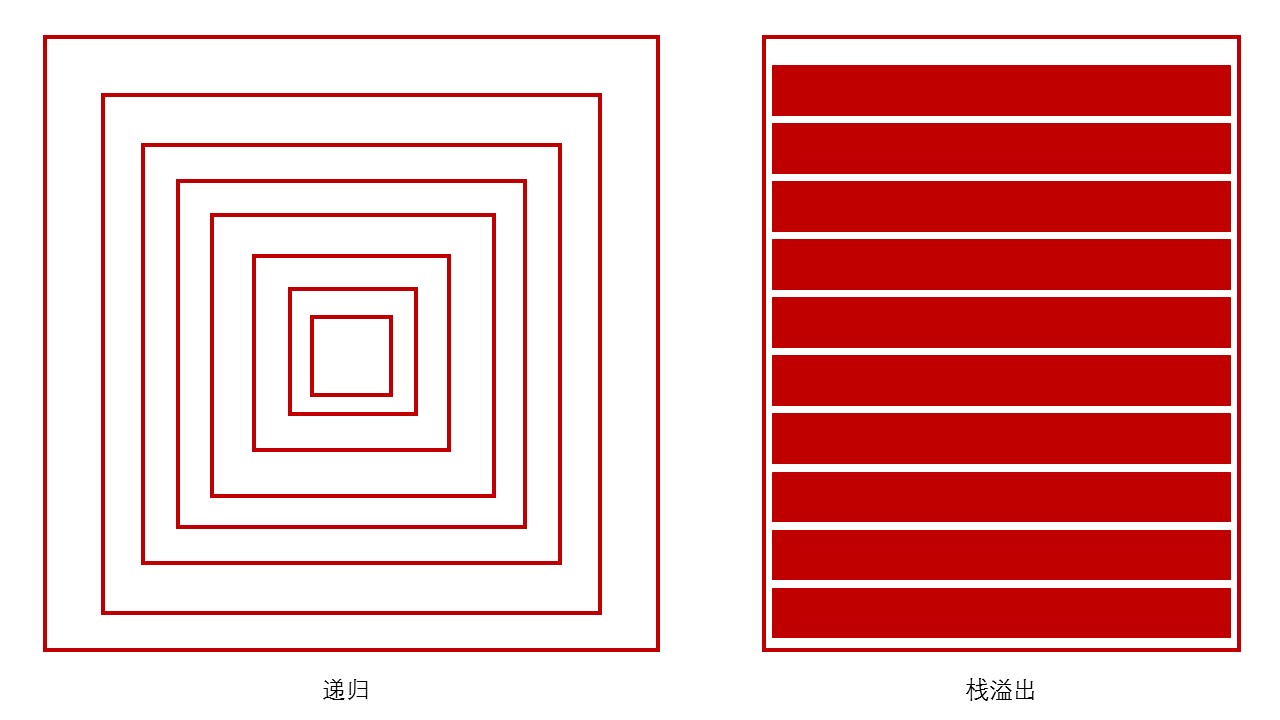在函数内部,可以调用其他函数。如果一个函数在内部调用自身本身,这个函数就是递归函数。
def calc(n): print(n) if int(n/2) ==0: return n return calc(int(n/2)) calc(10) 输出: 10 5 2 1
递归特性:
1. 必须有一个明确的结束条件,最多递归999次
2. 每次进入更深一层递归时,问题规模相比上次递归都应有所减少
3. 递归效率不高,递归层次过多会导致栈溢出(在计算机中,函数调用是通过栈(stack)这种数据结构实现的,每当进入一个函数调用,栈就会加一层栈帧,每当函数返回,栈就会减一层栈帧。由于栈的大小不是无限的,所以,递归调用的次数过多,会导致栈溢出)

应用案例:
#二分查找
data = [1, 3, 6, 7, 9, 12, 14, 16, 17, 18, 20, 21, 22, 23, 30, 32, 33, 35] def binary_search(dataset,find_num): print(dataset) if len(dataset) >1: mid = int(len(dataset)/2) if dataset[mid] == find_num: #find it print("找到数字",dataset[mid]) elif dataset[mid] > find_num :# 找的数在mid左面 print("�33[31;1m找的数在mid[%s]左面�33[0m" % dataset[mid]) return binary_search(dataset[0:mid], find_num) else:# 找的数在mid右面 print("�33[32;1m找的数在mid[%s]右面�33[0m" % dataset[mid]) return binary_search(dataset[mid+1:],find_num) else: if dataset[0] == find_num: #find it print("找到数字啦",dataset[0]) else: print("没的分了,要找的数字[%s]不在列表里" % find_num) binary_search(data,66)